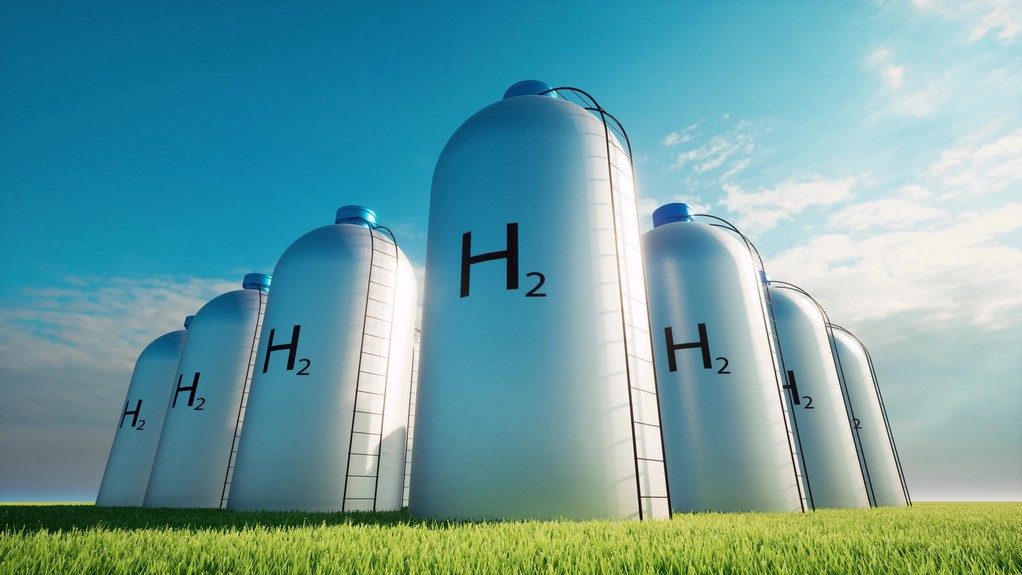Researchers found the largest deposit of this natural resource in the world in a mine in Albania. The discovery opens the door to new ways of capturing hydrogen and using it as a clean fuel.
Natural hydrogen, also known as white hydrogen (because it is produced naturally in the earth’s crust), is one of the cleanest energy sources than fossil fuels. When burned, this hydrogen releases only water, unlike other sources that release greenhouse gases. Because of this, it is seen with great potential to help in the decarbonization of industries.
Natural hydrogen (H2) is found in nature as a free gas in layers of the continental crust, in the depths of the oceanic crust or in volcanic gases, geysers and hydrothermal systems.
Hydrogen was identified in a water pool that is about 950 meters deep inside the Bulqizë mine in Albania.
The measurements made by the team of researchers on site indicated that the gas released was, in fact, 84% hydrogen, along with smaller amounts of methane and nitrogen. They calculated that the total amount of hydrogen that escapes from the site is about 220 tons per year.
According to the authors, this discovery reveals a high rate of emission of geological hydrogen almost totally pure, suggesting the potential for a new source of extractable primary energy.
The mine is located within a stretch of iron-rich rock called ophiolytic, which is known to generate hydrogen as it reacts with water. These ofhiolytic massifs are geological formations originating from the oceanic crust and transported to the continents by tectonic plates.
Researchers believe that up to 55,000 tons (50,000 metric tons) of hydrogen could be hidden in a reservoir below the mine, an amount that could be enough to be used for 238 years.
The amount of natural hydrogen that escapes from the depths of the mine is equivalent to about 220 tons per year.
This discovery provides a clue about where to look for other natural hydrogen streams. But the researchers say that caution is needed to continue to explore the site, because such geological environments are home to a deep biosphere and can generate potential environmental impacts in the future.
Today, the production of commercial hydrogen involves the use of fossil fuels; usually hydrogen is linked to other molecules and needs to be “separated” in the laboratory, a process costly in energy and is therefore fed with fossil fuels. This process leads to the emission of greenhouse gases, resulting in what is called gray hydrogen. The exception is green hydrogen, which is made with renewable energy.
The advantage of natural hydrogen is that it does not require this process, which makes it cheaper: it is estimated that it costs about 1 dollar per kilo to produce, while green hydrogen costs about 6 dollars per kilo; in addition, it does not release greenhouse gases during its burning. However, large reserves of natural hydrogen are rare.
Tags: Albania, Fossil Fuel, H2, Hydrogen

Recent Posts
GCMD completes biofuel supply chain trials with Hapag-Lloyd
Airbus partners with Avolon on hydrogen aviation
Nuclear power transition more safe option for decarbonisation than coal
ABS presents industry’s first advisory on ammonia bunkering
AW Shipping orders multiple dual-fuel vessels from China
HIF Global partners with Airbus to advance development of SAF
ASL Aviation signs agreement with ZeroAvia for retrofit
AM Green plans to invest $1 bn to set up 2G biofuel plants